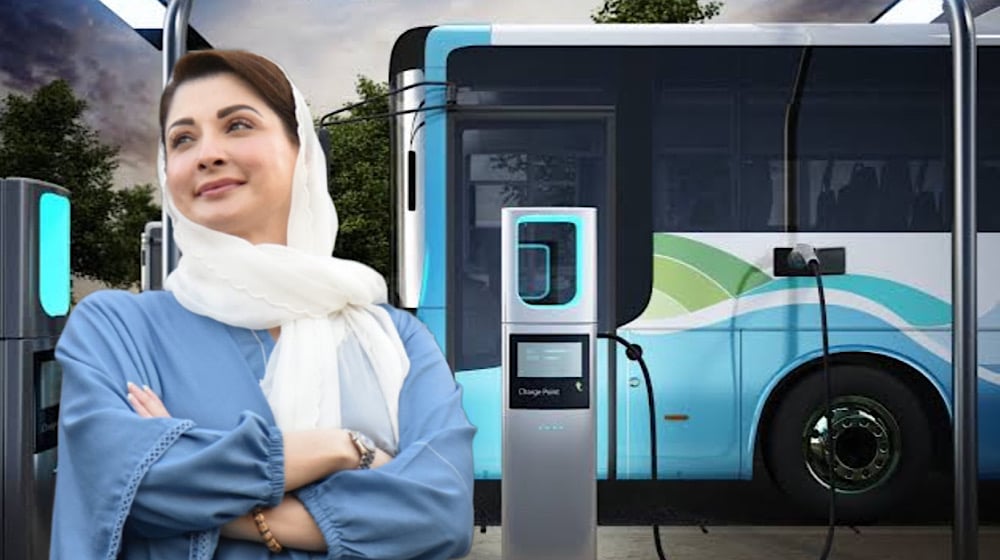“Exploring the Future: Exciting Advances in Renewable Energy Innovations”
Renewable energy innovations are paving the way for a more sustainable and environmentally friendly future. These innovations are crucial in addressing the challenges of climate change and reducing our reliance on fossil fuels.

Here are some notable trends and innovations in renewable energy:
- Solar Power Advancements:
- Perovskite Solar Cells: These are a type of solar cell that uses perovskite-structured compounds to capture sunlight and convert it into electricity. They are cheaper to manufacture and more flexible than traditional silicon solar cells.
- Bifacial Solar Panels: These panels can capture sunlight from both sides, increasing their energy output. They are particularly useful in areas with reflective surfaces, such as snow or water.
- Wind Energy Innovations:
- Floating Wind Farms: Traditional wind farms are built on land or in shallow waters. Floating wind farms are designed for deeper waters and can harness stronger and more consistent wind speeds.
- Vertical Axis Wind Turbines: Unlike traditional horizontal axis turbines, vertical axis turbines can capture wind from any direction, making them suitable for urban environments and areas with turbulent wind patterns.
- Energy Storage Solutions:
- Battery Storage: Advances in battery technology, particularly lithium-ion batteries, have enabled efficient storage of excess energy generated by renewable sources, which can be used during periods of low energy production.
- Flow Batteries: These batteries store energy in liquid electrolytes, allowing for longer duration storage and potentially longer lifespans compared to traditional batteries.
- Hydropower Innovations:
- Tidal and Ocean Current Energy: Harnessing the energy from tides and ocean currents provides a reliable and predictable source of renewable energy, especially in coastal regions.
- Small-Scale Hydropower: Innovative designs for smaller hydropower systems, such as run-of-the-river and underwater turbines, minimize environmental impact and expand access to hydropower in various locations.
- Geothermal Advancements:
- Enhanced Geothermal Systems (EGS): EGS technology involves creating artificial geothermal reservoirs by injecting water into hot rock formations deep below the Earth’s surface. This can expand the geographic range for geothermal power generation.
- Bioenergy Innovations:
- Algae Biofuels: Algae can be cultivated to produce biofuels, including biodiesel and bioethanol, providing a renewable alternative to fossil fuels.
- Waste-to-Energy: Technologies that convert organic waste, such as agricultural residues and food waste, into biogas or biofuels are gaining traction as a means of reducing waste while generating energy.
- Smart Grids and Energy Management:
- Smart Grid Technology: Integrating advanced sensors, communication networks, and automation into power grids enables better management of energy distribution, load balancing, and demand response.
- Microgrids: Localized energy distribution systems that can operate independently or in conjunction with the main grid, enhancing resilience and enabling the integration of distributed renewable energy sources.

These innovations collectively contribute to the growth of renewable energy capacity, making it more competitive with conventional energy sources while reducing greenhouse gas emissions and mitigating climate change effects. However, it’s important to note that continued research, investment, and policy support are essential to fully unlock the potential of these technologies and accelerate the transition to a renewable energy future.









